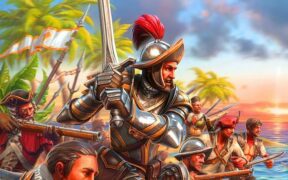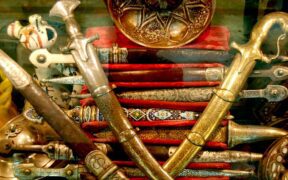14 Italian Sword Types Used Throughout History
NO AI USED This Article has been written and edited by our team with no help of the AI
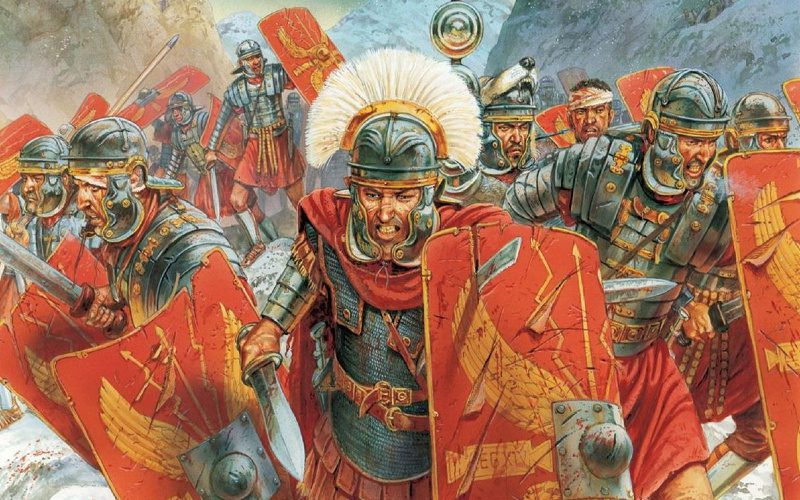
Italian swords are edged weapons that were used throughout the borders of modern-day Italy. There are a ton of swords that originated in Italy, but thanks to their geographical location and importance throughout history, a lot of outside swords exerted their influence on ancient Italy too.
In this article, we will discuss all of the swords that were used and produced in Italy. We shall start off with the most popular ancient Gladius, go over the medieval Italian two-handed Spadone, the highly decorated renaissance Cinquedea, and even the hybrid Italian swords. Finally, we shall explain their uses and their interesting history.
1. Gladius

The gladius is a straight sword that was highly used by the ancient Romans. This weapon can trace its earliest origins to the Celtics or Iberians. It was mainly used throughout the Roman Empire, which had its capital in Rome, which remains the capital of modern-day Italy. It is the most popular weapon from the ancient Roman era and was strategically used by the Roman infantry in tactical attacks with a large shield and throwing spear/javelin. There are 4 versions of it that vary depending on their sizes.
- Blade – straight, double-edged
- Guard – round, very small
- Handle – straight, finger openings, round pommel
- Length – 27 inches (70 cm)
- Weight – 1.5 lbs (700 grams)
2. Spatha

The Spatha was a long sword that was used alongside the Gladius by the Roman cavalry and heavy infantry. With time this sword replaced the Gladius altogether and was used even in the medieval era. It is debated whether this came from the earlier Gladius or the longer Celtic swords, but whatever the case may be, it was a very strong slashing and thrusting weapon. It has a long enough handle to be used one or two-handed.
- Blade – straight, double-edged
- Guard – round, very small
- Handle – straight, eagle-shaped pommels
- Length – 33 inches (85 cm)
- Weight – 2 lbs (900 grams)
3. Italian Arming Sword

The original Arming swords were heavily influenced by the ancient Viking sword. As the Arming sword grew in popularity throughout all of Europe, Italy had its own version. The Italian Arming sword was used throughout Italy mainly as a one-handed weapon combined with a shield or buckler by Italian swordsmen. It looked just like all of the typical Arming swords in use at the time with a crucifix guard, but later, the more intricate Italian-styled guards started appearing.
- Blade – straight, double-edged
- Guard – crucifix, late different shapes of guards
- Handle – straight
- Length – 35 inches (90 cm)
- Weight – 2.2 lbs (1kg)
4. Italian Long Sword

As in all of Europe, the trend and need for larger two-handed swords became highly popular in Italy. That is why many Italian longswords have been used throughout its history, mainly in the late medieval periods. The Italian longsword fits perfectly with the other medieval swords and isn’t necessarily different; it just emphasizes thrusting more, thanks to the Italian martial art fencing master called Fiore.
- Blade – straight, double-edged, fuller, sometimes a ricasso
- Guard – crucifix, C-shaped
- Handle – straight, two-handed ridge
- Length – 50 inches (127 cm)
- Weight – 3.3 lbs (1.5 kg)
5. Spadone
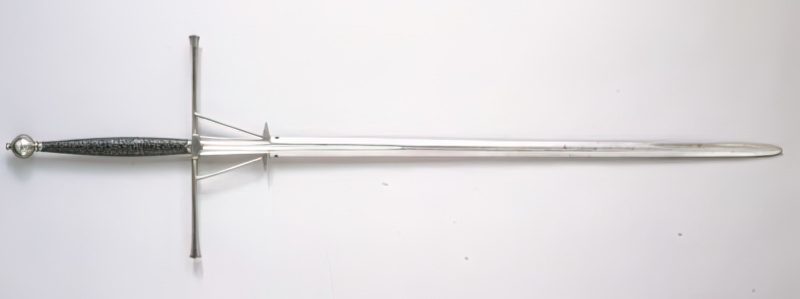
The Italian greatsword was called the Spadone. It is the true definition of a two-handed weapon and came into use at the end of the 15th century, mainly for breaking infantry formations on the battlefields. As described by Giacomo di Grassi, who was a 16th-century Italian sword fencer, the overall length of this very large weapon made it so that it could fend off multiple enemies at once. There is a version of this sword with just a plain blade and a feather version with a ricasso at the blade’s neck to make it easier to grab.
- Blade – straight, double-edge, ricasso
- Guard – large crucifix cross guard, second feather guard
- Handle – straight, long
- Length – 65 inches (165 cm)
- Weight – 5.1 lbs (2.3 kg)
6. Stilleto

The Stiletto was an Italian shortsword or long dagger that was very popular in the Late Middle Ages when plated armor was highly used. This offensive weapon had a long blade length that was used to mercy kill already taken down and wounded knights. Its razor-sharp blade was made in such a manner that it could easily pierce through any kind of suit of armor at the time and get to the flesh of the knights easily.
- Blade – straight, needle-like, double-edged sharpened tip
- Guard – crucifix
- Handle – straight, fairly long
- Length – 15 inches (40 cm)
- Weight – 0.7 lbs (350 grams)
7. Hanger & Hunting Sword
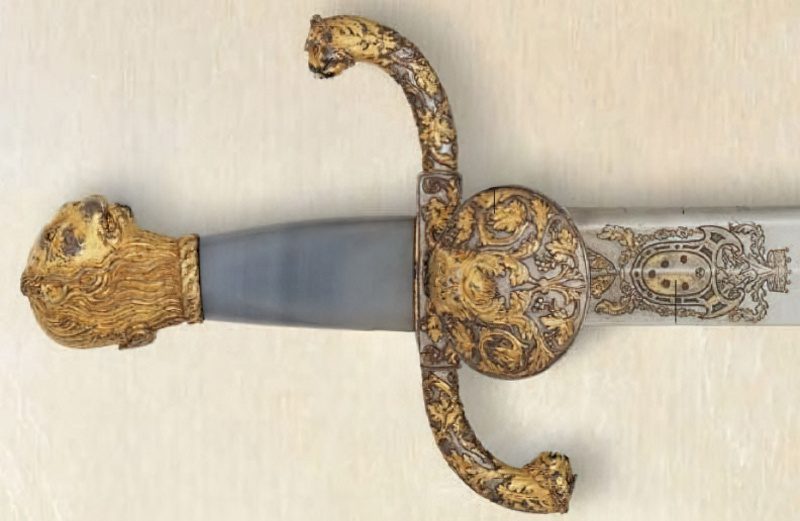
The Hanger and Hunting swords both started in Western Europe during the middle ages, and both were used in either warfare or hunting. With time, especially in Italy, these swords became purely decorative pieces and part of a gentleman’s outfit. Most of them were highly decorated and sometimes not even sharpened for use.
- Blade – straight, curved, fuller, curved, double-edged, single-edged
- Guard – crucifix, S-shaped, clam
- Handle – straight, highly decorated, animal-shaped pommel
- Length – 23 inches (60 cm)
- Weight – 1.3 lbs (600 grams)
8. Cinquedea
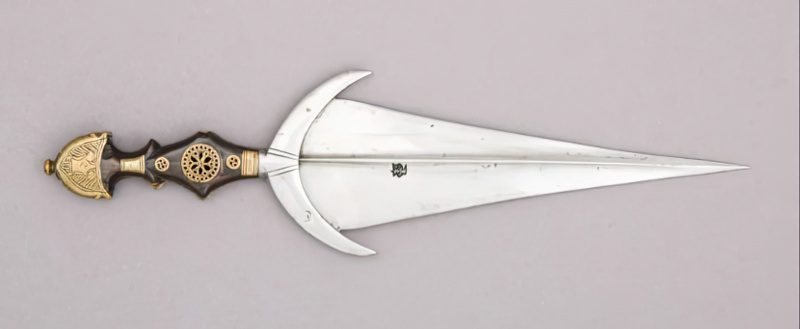
The Cinquedea, often spelled Cinqueda, is a kind of short sword used by civilians and nobles alike. It was invented in northern Italy and experienced a period of success and renown that lasted for several decades during the 15th and 16th centuries at the peak of the Italian renaissance. It is a sword that was beloved by Italian artists and had many artistic elements to it.
- Blade – straight; wide, triangular, double-edged, sharp tip, fullers
- Guard – curved, C shape
- Handle – straight, highly decorated
- Length – 22 inches (55 cm)
- Weight – 1.4 lbs (630 grams)
9. Schiavona

The name “Schiavona”, which literally translates to “Slavonic,” is given to this nimble broadsword that is often associated with the Venetians. The phrase mostly applies to the Dalmatian forces who predominantly wielded this sword while serving the Venetian Republic. These warriors were in service to Venice, which was an Italian town republic.
- Blade – straight, double-edged, sharp tip
- Guard – a basket hilt
- Handle – straight, protected with basket hilt, cat-shaped pommel
- Length – 35 inches (90 cm)
- Weight – 2.4 lbs (1.1 kg)
10. Side Sword

The Italian Spada da Lato, often known as the side sword, was a popular sword in the latter half of the 16th century. It is an improved development from the arming sword used throughout the middle ages and the direct ancestor of the rapier that was used during the early modern era. This double-edged blade sword is most often linked with dueling and the Italian martial art school known as Dardi.
- Blade – straight, double-edged, sharp pointy tip, ricasso
- Guard – crucifix, ricasso lining
- Handle – straight
- Length – 35 inches (90 cm)
- Weight – 2 lbs (900 grams)
11. Italian Sabre
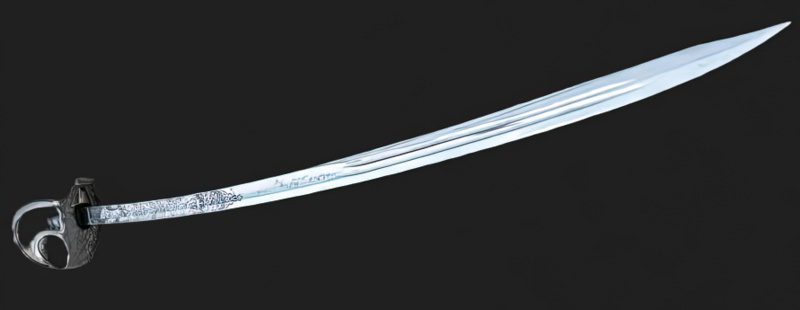
The Italian saber is better known as Sciabola. As saber culture started spreading from the east, mainly from Poland and Hungary, it too caught on in Italy, and the Italian Sabre came about. From the 17th century, the curved Italian cavalry sabers gradually took over the traditional long swords and broadswords that were in use at the time. Over time, it became the classic sidearm for both infantry and non-commissioned officers.
- Blade – curved, single-edged, sharp pointy tip
- Guard – D guard
- Handle – straight, slightly curved
- Length – 31 inches (80 cm)
- Weight – 2 lbs (900 grams)
12. Dueling Italian Sabre

Italy is well known for its many sword martial arts that culminated with fencing. Some might even say that the father of fencing is Guiseppe Radelli, who made his grand fencing tactics in Italy in the 19th century. This dueling saber featured a straight blade that wasn’t made with the intention of killing and was just for dueling.
- Blade – straight, curved, bendy, pointy tip
- Guard – close-up hilt
- Handle – straight, closed off
- Length – 35 inches (90 cm)
- Weight – 1.1 lbs (500 grams)
13. Main-gauche
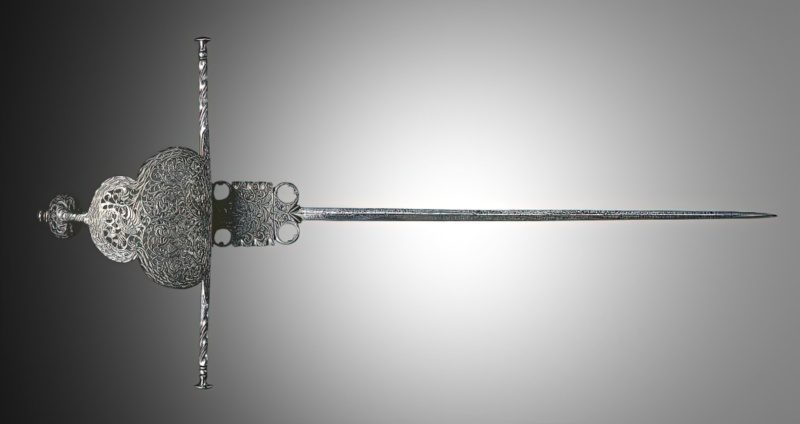
The left-hand dagger went out of use during the 17th century, with the exception of Italy and Spain, where it evolved into the Main-gauche. The Main-gauche is a highly technical weapon equipped with a broad knuckle-shielded guard and quillons to repel cutting blows. This trend continued until the early 18th century when it was used for fencing and was called the left-handed dagger.
- Blade – straight, needle-like pointy tip, ricasso, double-edged
- Guard – closed basket guard, a large crucifix
- Handle – closed off, straight, thin
- Length – 21 inches (55 cm)
- Weight – 1.1 lbs (500 grams)
14. Hybrid Swords
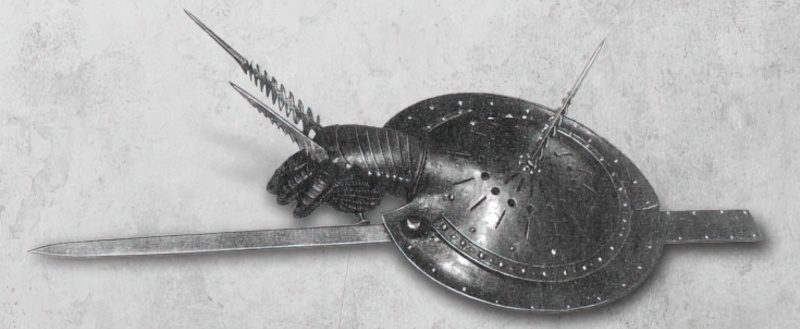
Italy is known for trying to revive ancient freedoms of things, also in the world of swords and weapons, especially from the Renaissance. This has led to many creations of very weird-looking hybrid swords or even pistol swords. They can either be spikes on gauntlets, made together with a shield, or sometimes short swords with gun barrels attached to them. Most of these were made for the high nobility to show off and served no practical purpose.
- Blade – straight, curved, dagger-like, rifle/gun barrel attached
- Guard – shield, no guard, basket, round
- Handle – gauntlet, shield, straight, curved, pistol grip
- Length – 20 inches (50 cm)
- Weight – 2.2 lbs (1 kg)
History of the Italian Swords
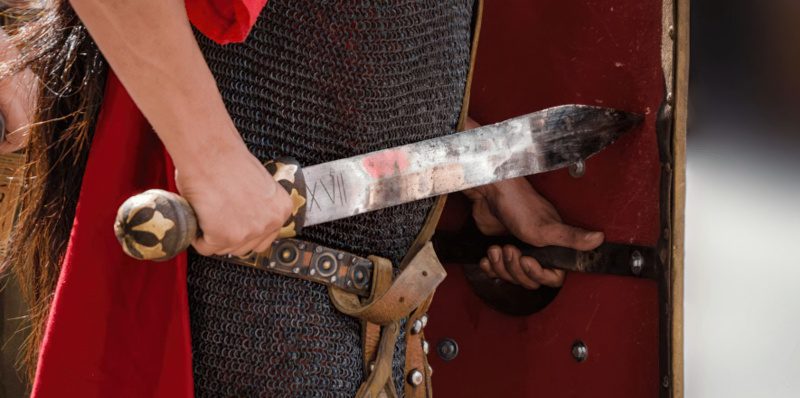
Since Italy was in the center of the ancient world that made up Northern Africa, Europe, and the Middle East, it was highly susceptible to outside influence. Italian swords were heavily influenced, starting from nearby German and French lands to the north, Spain from the west, and on the south came Arabic and African influence, as well as the eastern influences from Turkey and other parts of Asia.
Italian swords fall inside the category of European swords, and most of them saw a lot of use and imparted influence on surrounding countries. They had many uses throughout the years and grew from the ancient short one-handed swords like the Gladius to the large two-handed Spadone.
That is why not only did the swordcraft from all around influence Italy, but Italy directly influenced all of the surrounding regions with their sword crafting skills.
